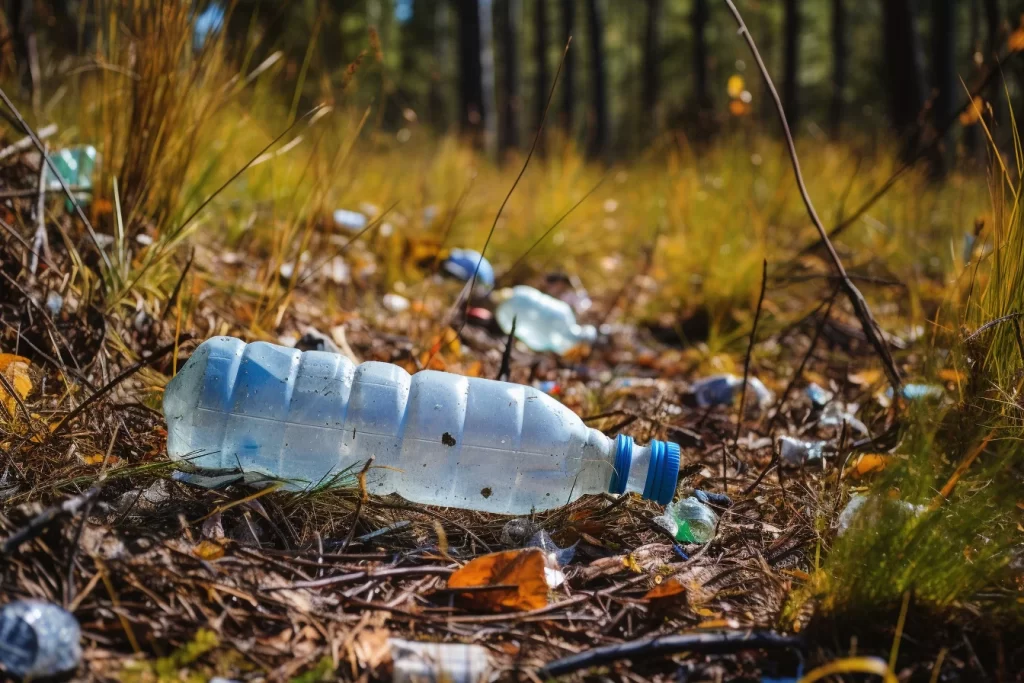Plastic pollution and resource waste have become important issues of global concern. With the widespread application of plastic products, the problem of waste plastics is becoming increasingly prominent. However, plastic, as a material with high plasticity and strong durability, has the potential for recycling and regeneration. This article will explore the development trends of global plastic recyclable design, with a focus on policy regulations, recycling system construction, economic incentives, as well as regulatory and law enforcement issues related to waste plastic treatment and recycling.
The development trend of plastic recyclable and recyclable design
The design of recyclable plastics is the key to solving the problem of waste plastics. With the popularization of sustainable development concepts, a global trend of plastic recyclable and recyclable design is emerging. The research and innovation of new plastic materials, including biodegradable plastics, bio based plastics, etc., provide new possibilities for the recycling of plastics. In addition, design improvements such as considering recyclability and disassembly in product design, as well as the use of separable components, can help improve the recycling efficiency of waste plastics.
Construction of policies and regulations
Various countries have formulated a series of policies and regulations to address the issue of waste plastics. For example, in 2019, the European Union passed the Single Use Plastic Directive, which banned the sale of disposable plastic products and required member states to develop plastic reduction plans. China has also released relevant policies for plastic pollution control, promoting the classification, disposal, and recycling of plastic waste. These policies and regulations provide legal support and guidance for the treatment of plastic waste.
Construction of waste plastic recycling system
Establishing a sound waste plastic recycling system is the key to achieving recycling. Many countries and regions have strengthened the construction of waste plastic recycling infrastructure. For example, Japan has implemented an extensive sorting and recycling system, which has improved the efficiency and quality of recycling. China promotes garbage classification, establishes waste plastic recycling stations, and encourages citizens to actively participate in recycling activities. These measures help to improve the coverage and recovery rate of waste plastic recycling.
Economic incentive measures
Economic incentive measures are an effective means to promote the recycling of waste plastics. Many regions have implemented economic reward mechanisms for waste plastic recycling, such as obtaining discount coupons and redeeming points for recycling plastic bottles. In addition, incentive policies such as tax reduction and exemption are constantly expanding for enterprises that use recyclable materials to manufacture products.
Regulatory and Enforcement
Strengthening supervision and law enforcement is the guarantee for ensuring the effective implementation of waste plastic recycling. Countries are increasing their crackdown on illegal dumping and illegal disposal of waste plastics. Strengthen the supervision of recycling enterprises, ensure the compliance and transparency of the recycling process, and prevent improper behavior from occurring.
In summary, global plastic recyclable and recyclable designs are moving towards innovation and sustainability. Through the formulation of policies and regulations, the construction of a waste plastic recycling system, the implementation of economic incentives, and the strengthening of supervision and law enforcement, the global community is actively addressing the issue of plastic waste and promoting the recycling of waste plastics. Only with the joint efforts of all countries and the formation of a global force can the goal of sustainable utilization of plastics be achieved.

